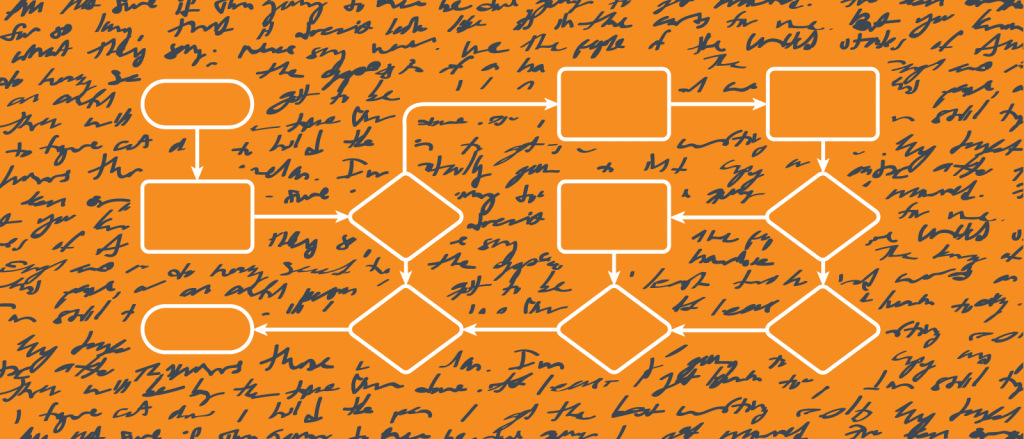If a picture is worth a thousand words, how many words is a diagram worth?
A lot, it turns out.
If you’ve ever read a user manual, you probably wished that there were more pictures and fewer words (unless it was from IKEA). The same is probably true of most communication, which is what makes visuals like diagrams so important. Diagrams can save a lot of hassle (i.e., time and money). Here are three reasons why we love using diagrams as we continue to develop our accounting software, ZipBooks:
1) Diagrams cross the language barrier
Globalization isn’t just a buzzword: it’s the way business works today. Large software projects typically span multiple nationalities and languages.
Although most software developers can read and speak English to some degree of competency, the level of comfort varies from person to person. You can assume that written English instructions without any additional context will fall flat with an international audience. Text-based descriptions aren’t even enough in most cases when everyone speaks English as their first language. There’s always a little in-office back-and-forth that you can’t get when someone is located remotely.
Diagrams and flowcharts use symbols to communicate meaning. These symbols are based on an international standard for software development notation called Unified Modeling Language (UML). With UML, you don’t have to speak the same language to understand perfectly what the other person is trying to communicate.
2) Diagrams are built for effective communication

Think back to the earliest days of communication. Before written alphabets, people communicated with images. In using pictures, they found something uniquely compelling, whether for art or instruction, or both.
Even though we communicate largely in text today, we are still hardwired to comprehend images more quickly and clearly than text. In fact, our brains process visuals up to 60,000 times faster than text. Meanwhile, 65% of people learn primarily by seeing, rather than by hearing or doing.
That’s what makes diagrams so powerful at communicating difficult technical concepts. They combine the best of visual and verbal communication to create something truly foolproof, especially when you use a library of shapes with commonly understood interpretations.


Leave a Reply